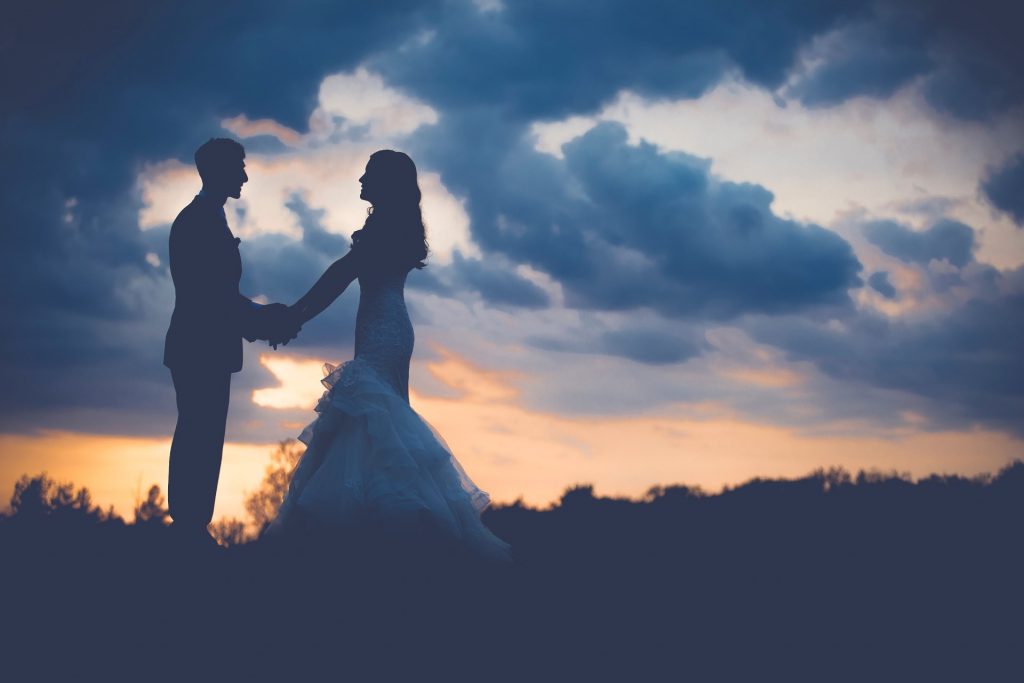Far too many aspiring wedding photographers feel that owning just a good camera and a few decent lenses is more than enough to make great wedding images. Sure you might be a fantastic photographer. Somebody who is a natural with what s/he does, but wedding photography encompasses more than just aiming your camera and firing the motor drive. Wedding photography is a very demanding, highly saturated and extremely competitive genre of photography. I know a few great photographers myself, who wouldn’t take the plunge to shoot weddings. More like they are unprepared to take up the challenge and make this their profession.

This opening caveat was sort of necessary because, trust me when I write this, wedding photography is a tough challenge. Either you are cut out for it or you are not. This in no way doubts your ability as a photographer but this is something completely different to what you have been shooting thus far.
Understanding the expectations of the couple

One of the reasons wedding photography is a challenge is because photographers who had zero interactions with their subjects ever, all of a sudden find themselves in the line of an unrelenting flow of demands. For a guy or a girl, the day of his / her wedding is no doubt the day of days. After all, when the dust has subsided the images are all that is left of their wedding day. As such, they demand the very best and they expect that their wedding photographer would also understand that and strive to make the very best images. That is a huge responsibility.
As a wedding photographer you have to understand what your clients expect from you. They expect you to know your trade well. They probably hired you because of the style of work you do. But at the same time you should also ask them to establish their expectations and convey that to you. This will help you know the kind of images that they want you to capture.
Gain prior experience before you go pro
As a beginner wedding photographer there are only two ways to gain experience. You can assist another wedding photographer for a season or two. The other option would be to shoot at friends’ weddings or weddings in the family for free. The thing is you need some experience to get a good foothold. This experience of knowing your trade will help you to convince prospects when they come in through the door. Plus, you need a portfolio to show to your prospects or to put up a website.
The experience will also help you manage the shoot on the wedding day. You will know to react to certain situations, be better prepared to deal with them and most importantly how to control the shoot from start to finish.
Shoot candid

The best wedding photos are a mix of posed and candid shots. I am a huge fan of candid wedding photos. I firmly believe that they bring out the best. They capture emotions in a way that is simply not possible with posed photos. I have been to a lot of weddings where the wedding photographer simply micro mange everything for the wedding album. They would do it to the point where they tell the bride and the groom how to stand and how to place their hands and even how to smile. I find these all too intrusive. That kind of approach may have some virtues but they add to the butterflies in the stomach.
I prefer to shoot interactively. I like to create an environment as if I am an old friend, happy for the couple on the biggest day of their lives. It is always a talk, talk and talk and then shoot kind of an approach. Every now and then I would show the back of my camera to the bride or the groom and compliment on how good they look. Obviously, that has to be 100% genuine and come straight from the heart.
The last thing that you would want is to scare the bride on her wedding day or put extra pressure on the groom to look good. Never micro manage stuff. Always give the bride and the groom some room. They are already tensed, don’t add to that. Switch to a long lens when you feel that they are getting a bit tensed. A long lens will force you to shoot from a distance and therefore give the bride and the groom a bit more breathing room.
Shoot posed

Having said that there are some shots that don’t come off that good when you shoot candid. The wedding portraits for example. At every wedding you will have to dedicate some time in order to make those all-important wedding portraits of the bride and the groom. You also need to bring them together for those couple shots. This takes about 30 minutes to an hour depending on how good you are, both as a photographer and as a people manager. It also depends on your knowledge in posing people.
Study the art of posing very exhaustively in your spare time. Refer to wedding magazines or to online resources for general posing tips for portrait shots. Study how different poses suit different body types and how you can quickly pose a bride, a groom, the bridesmaids and the groomsmen in under a minute when you need to get things done in a hurry. Refer to other wedding photographer’s work and try to infuse your own style to create something unique. These will help you to prepare for those classic posed wedding portrait photos.
Time Management
A wedding shoot extracts a lot out of you as a photographer. A typical wedding happens at a break neck speed and you as the photographer have to keep pace. Often you will be out of one function and have to be ready for the next. In traditional Hindu weddings, e.g., the bride and the groom’s family have functions that conclude and start right after one another. And in most cases the bride and the groom are at two different locations when the first rituals of the day happen! As a result you will have to move from one location to the other really quickly to cover all the important moments of the wedding day. You need to be really good with time management to be able to capture everything in your shot list.
Keep a list of shots you need

That brings us to the next point of discussion – the wedding shot list. During the initial sittings with your couple, where you establish their expectations, prepare a list of shots they need and accordingly plan your day out in advance. If you are familiar with the customs and traditions of the family you will know which function come after which. That is crucial when you are planning your day. If you are not familiar with the customs and traditions of the family take the bride and grooms help.
Make a list of important numbers to call
It is imperative that you have the contact numbers of all the key players on the wedding day. These include the wedding planner, the bridesmaids, the groomsmen, the parents of the bride and the groom and of course the bride and the groom themselves. On the day of the wedding, it is usually the wedding planner who calls all the shots. So it is imperative that you have his / her number with you. This will help you to immediately get in touch with the concerned individual when you need to.





